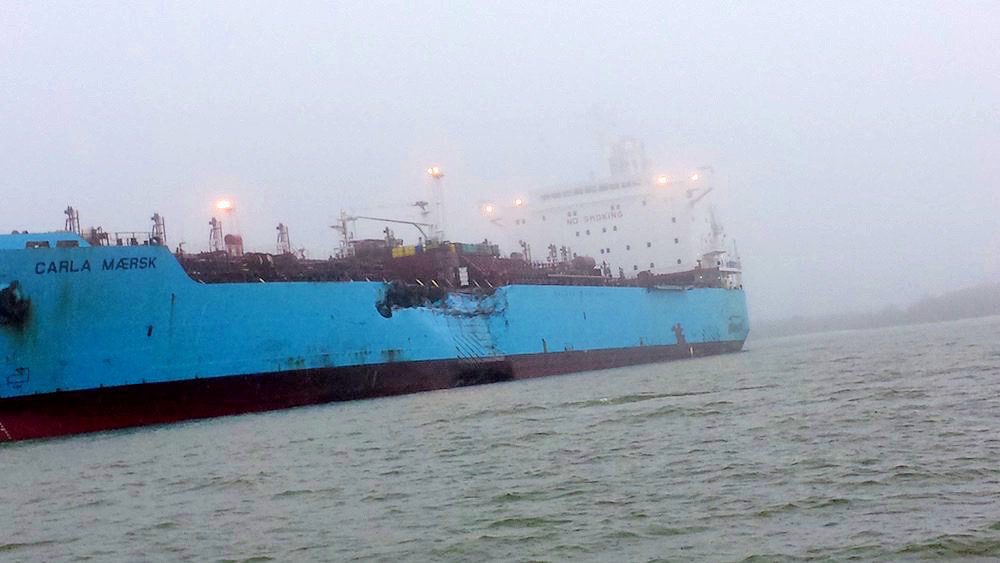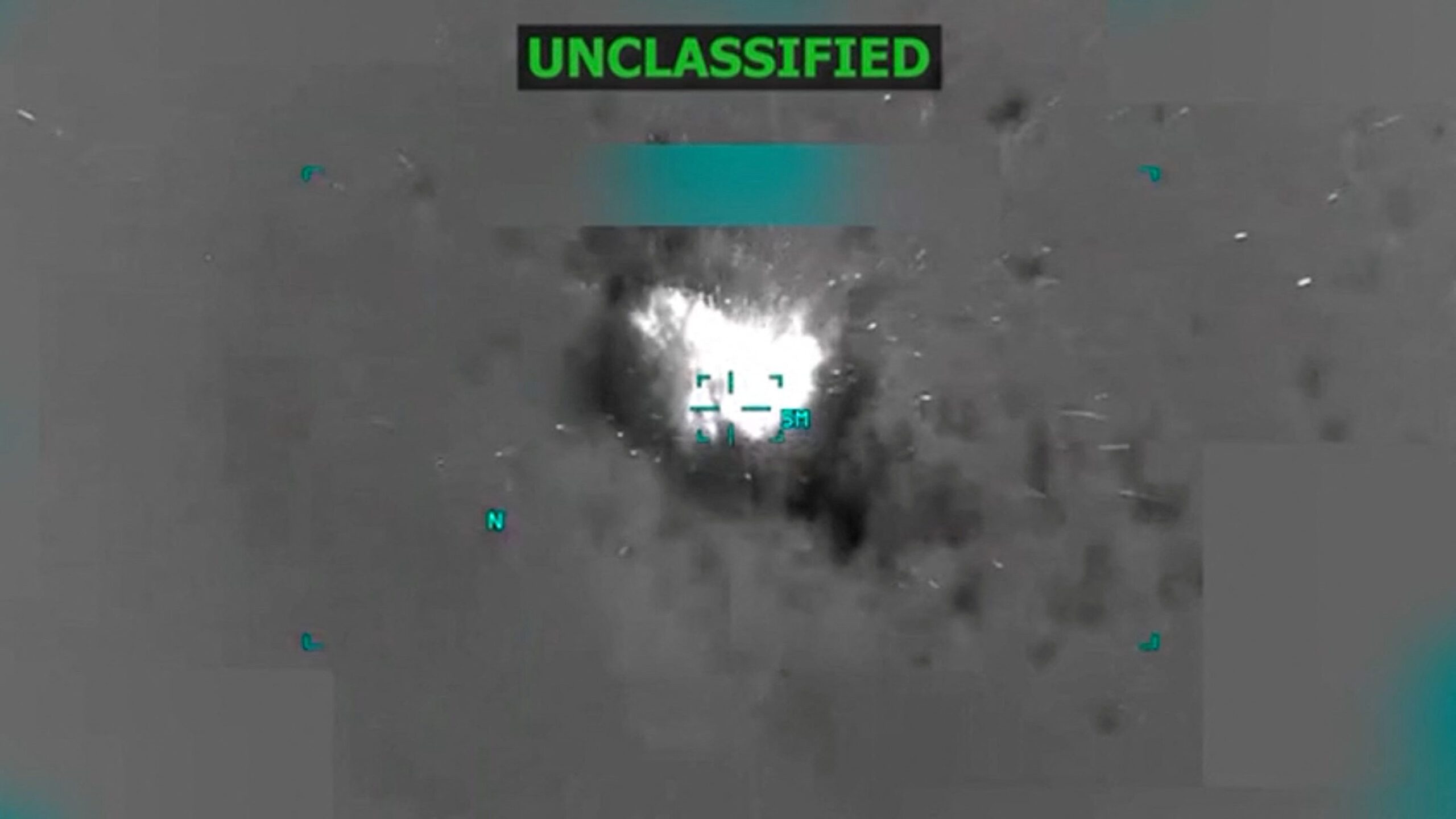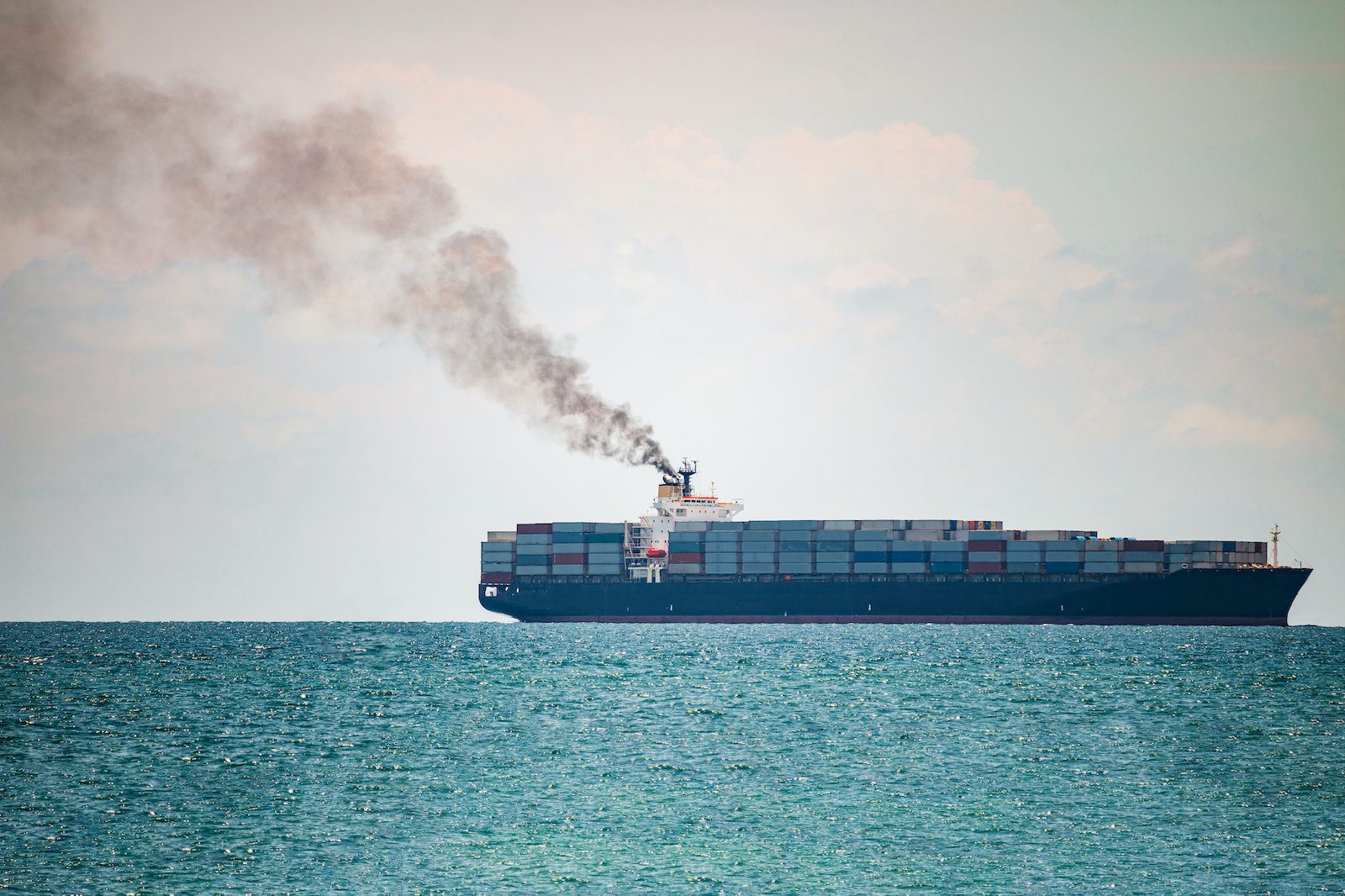The chemical tanker Carla Maersk sits at anchor off Morgans Point, Texas, after being involved in a collision with the bulk carrier Conti Peridot March 9, 2015. The Maersk was carrying about 216,000 barrels of Methyl Tertiary Butyl Ether and an unknown quantity of the product was spilled. (U.S. Coast Guard photo by Petty Officer 3rd Class Dustin R. Williams)
A safety study released Tuesday by the National Transportation Safety Board details 14 conclusions and 21 recommendations aimed at further reducing the risk of collisions, allisions, and groundings involving vessels operating within U.S. Coast Guard Vessel Traffic Service areas.
The study, titled “An Assessment of the Effectiveness of the U.S. Coast Guard Vessel Traffic Service System”, focused on the performance of the Coast Guard’s VTS system, currently comprised of 12 VTS centers across the nation.
The U.S. Coast Guard vessel traffic service (VTS) is a shore-based surveillance and communications system with the authority to ensure the safe and efficient movement of vessel traffic in particularly hazardous or congested waterways in the United States. The system’s primary mission is to reduce the risk of collisions, allisions, and groundings by detecting and resolving unsafe traffic situations in a timely manner.
The NTSB said it launched the study as the result of investigations into six major commercial vessel accidents since the implementation of the Coast Guard’s “Vessel Traffic Service National Standard Operating Procedures Manual” in 2009.
NTSB data showed that information provided by the Coast Guard indicates collisions, allisions and groundings within VTS areas between 2010 and 2014 resulted in two fatalities, 179 injuries and more than $69 million in damage to vessels, facilities, infrastructure and the environment.
What the NTSB found was that the Coast Guard has not developed a standard method for measuring the collective safety performance of all 12 VTS centers as a VTS system and, as a result, there was no standardized public data or statistics available for assessing the system’s overall effectiveness. The study also found widespread variation in the understanding of Coast Guard VTS authority across the system, which has resulted in the inconsistent application of that authority over time.
“Variance within a single safety system is itself a potential hazard and mariners traveling from one VTS to another must be able to rely on consistent Coast Guard services,” said NTSB Chairman Christopher Hart. “The recommendations contained in our safety study, if acted upon, will improve the effectiveness of the VTS system throughout America’s waterways. I note with appreciation the Coast Guard’s openness and transparency with our investigators and the service’s treatment of our study as a thorough and independent effort to improve Coast Guard operations.”
The NTSB issued 17 of its 21 recommendations to the U.S. Coast Guard, one to the American Pilots Association, two to the American Waterways Operators and one recommendation was issued to the Radio Technical Commission for Maritime Services.
An abstract of the Vessel Traffic Service Safety Study is available online, the full report is expected to be published within several weeks.

 Join The Club
Join The Club











